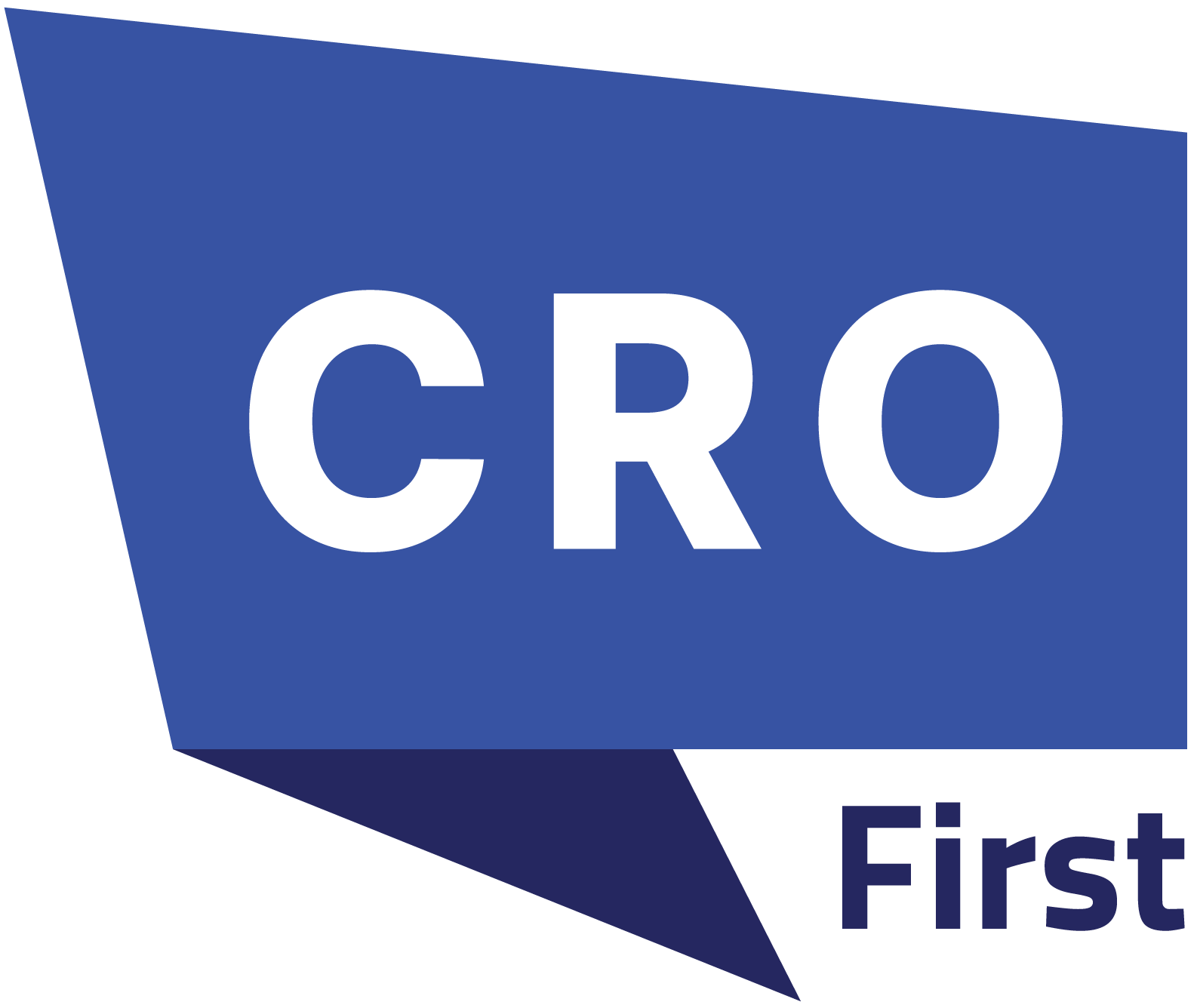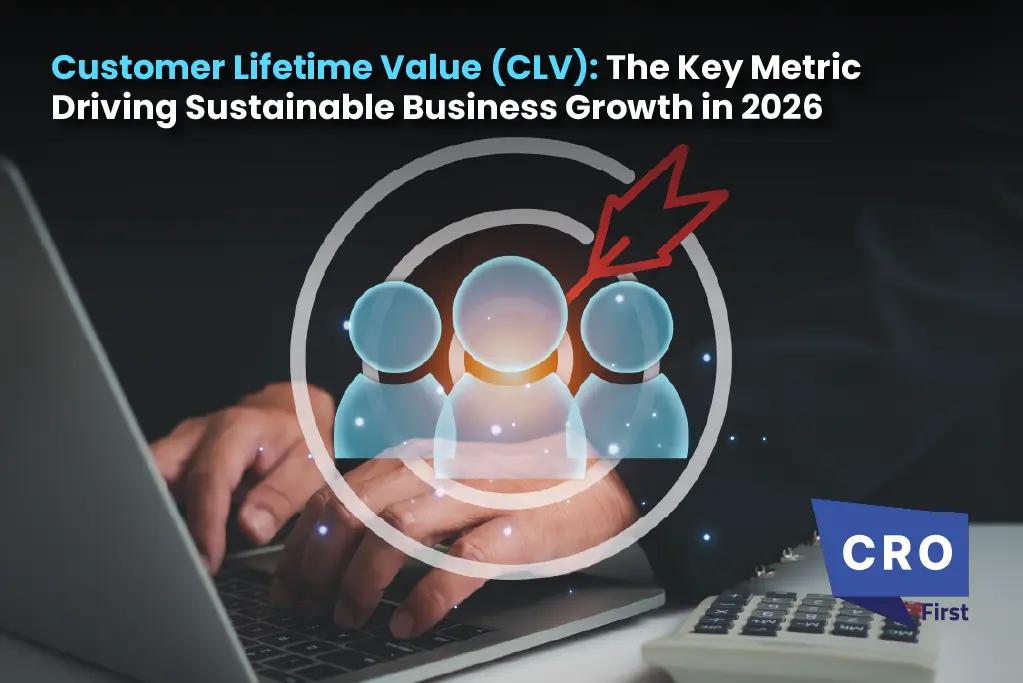Customer acquisition costs are rising fast. Digital markets in 2026 are crowded, and grabbing new customers is getting more expensive every day.
Businesses spend more on ads, campaigns, and promotions, but often they forget to think about the bigger picture. That is where customer lifetime value comes in.
Customer lifetime value measures the total net profit a customer will bring over the entire relationship. Looking at historical purchases gives one view, but predictive CLV goes further. It estimates what a customer will do next, how long they will stay, and how much value they can bring in the future. This is not just a metric for customer success teams. It is the financial core of sustainable growth.
Companies that optimize CLV can make smarter investments, focus on the right customers, and turn short-term spending into long-term profit. In a market like 2026, that thinking is not optional, it is essential.
Why Customer Lifetime Value is the Profit Driver for 2026
Customer lifetime value is not just a number on a report; it is the lens through which smart businesses see profit clearly. When acquisition costs keep climbing, the 3:1 CLV to CAC benchmark becomes a reality check. Spend too much to acquire a customer whose lifetime value barely covers the cost and you are running uphill with a boulder. But hit that ratio and every marketing dollar stretches, every sales effort lands, and growth is not just possible, it is sustainable. For example, HubSpot’s Q2 2025 results show the kind of financial health that comes from understanding and leveraging value wisely with US$1.9 billion in cash and investments ready to fuel strategic moves.
CLV also becomes the compass for resource allocation. Marketing budgets, product development, and customer support are no longer line items guessed at in board meetings. They are carefully directed toward segments that promise the highest returns. When you know which customers will stay, spend, and refer, you invest in them, and the rest are monitored without burning cash. This is not theory; it is a roadmap for prioritization that rewards foresight.
Finally, retention drives profitability. Serving high-value customers is less expensive due to their being known, involved, and mostly self-sufficient. They turn into advocates, inviting referrals that are less expensive and more loyal than any advertising campaigns. If CLV is the main measure, then every interaction will be treated as a chance to nurture relationships, minimize losses and convert every interaction into a long-term profit. By 2026, marketing companies that grasp this connection will not only endure but also prosper.
How to Calculate and Predict Customer Lifetime Value

Customer lifetime value is something that can seem complicated at first, but it really comes down to a few basic numbers. You start with average purchase value. That is how much a customer spends each time they buy. Then there is purchase frequency, which is how often they come back. Next is customer lifespan. This tells you how long a typical customer sticks around. And finally, gross margin, which shows how much profit each sale really brings. Put these together, and you get an idea of the total value a customer brings over their entire relationship with your business. But just knowing this from the past is not enough anymore.
In 2026, companies need to look ahead. Predictive CLV is about guessing what will happen next, not just looking at what has already happened. This is where AI and machine learning come in. Using tools like regression analysis or random forests, businesses can take all sorts of data from CRM records to support tickets to usage logs and figure out who might leave, who might buy more, and who has hidden potential. Salesforce shared that companies that bring together all their customer service data are 1.4 times more likely to succeed with AI in their service operations. That shows how connecting the data can make predictions actually work in the real world.
Once you have predictions, you need to act on them. Segmenting customers makes it easier. Some will be high-value and need extra attention. Some are at risk and need proactive outreach. Some are new and need to be nurtured carefully. By doing this, predictive CLV turns numbers into action. It helps you spend wisely, focus on the right people, and grow your business steadily in 2026.
Also Read: Churn Prediction in 2026: How AI and Analytics Help Businesses Retain Customers
CLV in Action Driving Revenue and Customer Success Strategies

Customer lifetime value is not just a number you look at once in a report. It is something you can use to guide real decisions across your business. The first place to use it is in acquiring new customers. Not every prospect is worth the same effort. If you know who your highest-value customers are and what makes them tick, you can find new people who are like them. Lookalike modeling is one way to do that. It is much smarter than just throwing money at every lead and hoping something sticks. HubSpot’s 2025 Marketing Statistics show that 91% of marketers are keeping or increasing their investment in podcasts and audio content this year. That means people are already using multiple channels to reach audiences. If you combine that with CLV insights, you can make sure your spending goes to the prospects who will actually bring the most value.
Retention comes next. Watching your customers and noticing when they are slowing down is critical. A dip in engagement often means CLV will go down if you do not act. Health scores, usage patterns, and simple behavior signals can tell you which customers might leave. This allows you to contact them before they get the chance. Tailored propositions, notes, or even brief follow-ups can have an impact. Customers with high value are the ones that can either significantly contribute or hinder your progress, thus you must be considerate of them.
Expansion and upselling follow naturally. Some customers are mid-value now but could spend more if approached correctly. CLV data can tell you who has the potential and who does not. It helps you offer the right product at the right time. The World Bank’s Global Findex 2025 database looked at 145,000 adults across 141 economies. It shows that more people are using mobile phones, the internet, and digital financial services than ever before. That tells you there are opportunities in segments that are active but still under-engaged.
Customer experience has to match the CLV tiers. High-value customers need more attention. That could be VIP support channels, special service agents, or early access to products. Doing these things keeps them loyal and more likely to refer others. When you use CLV at every stage, you start to see patterns. Smarter acquisition, proactive retention, targeted expansion, and better experience all work together. It is not just about keeping customers. It is about turning them into long-term partners and advocates who will keep bringing value for years to come.
Challenges and the Future Outlook for 2026
Even the smartest strategies can hit a wall if the data is messy. CLV numbers are only as good as the data behind them. If customer records are scattered across different systems or full of errors, predictions will be off. Teams waste time chasing unreliable signals, and decisions get delayed. Centralizing data and keeping it clean is the first step to making CLV actually useful. Without it, all the models and forecasts are just guesses.
Looking ahead, the future of CLV is moving toward real-time insights. Instead of waiting for reports, predictive models will update instantly whenever a customer interacts with your business. Every click, purchase, or support ticket will feed into decisions immediately. This is especially important because global growth is slowing. The IMF’s World Economic Outlook says growth is projected to drop from 3.3 percent in 2024 to 3.1 percent in 2026. In a tightening economy, real-time CLV can make the difference between keeping customers and losing them.
End Note
The customer lifetime value is not just a metric but a connection point for marketing, sales, and customer success departments. When companies comprehend CLV, they are able to designate their investments, target their customers, and increase their revenue gradually. It is the beacon for good decisions and growth in the long term. The trick is to integrate it into your whole business. Monitor it, engage it, and allow it to influence your strategic planning. Companies that think in terms of CLV will not only keep their customers but turn them into advocates. In 2026 and beyond, this approach will separate the winners from the rest.

